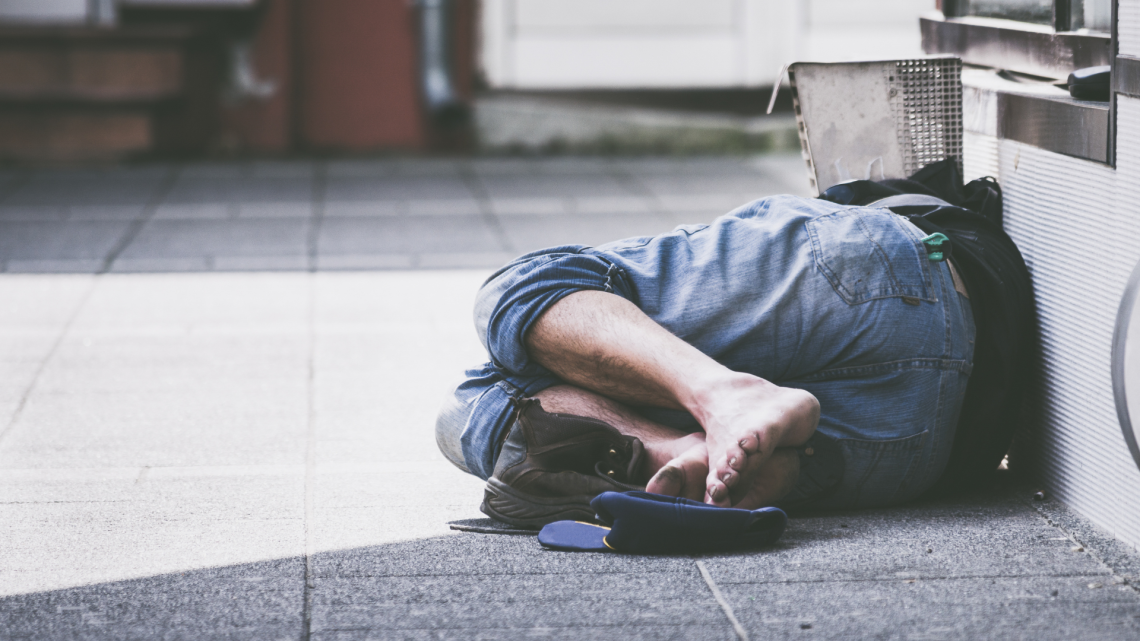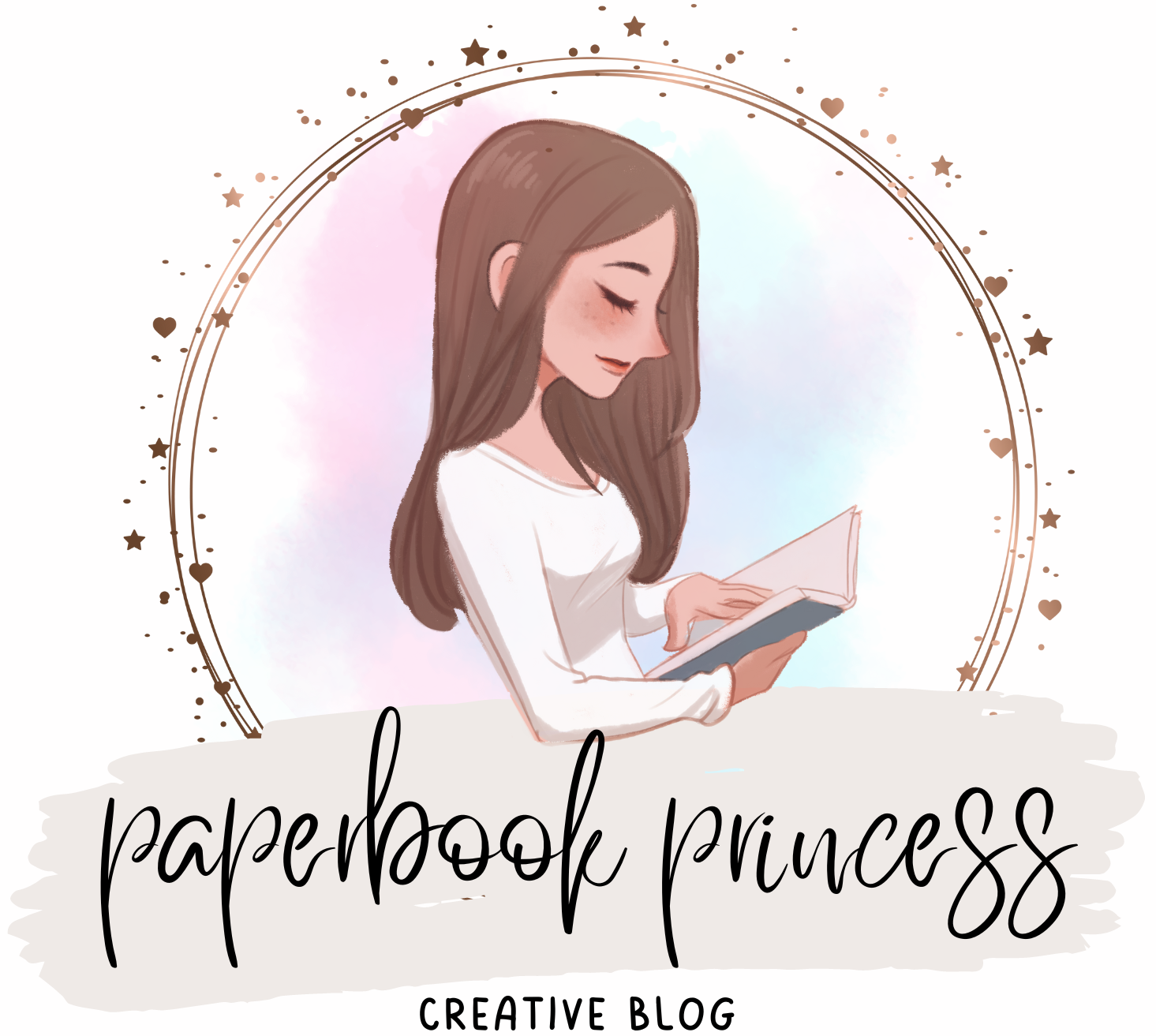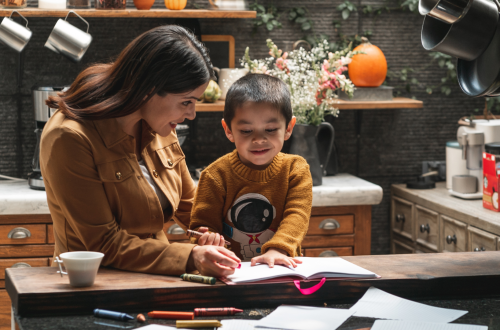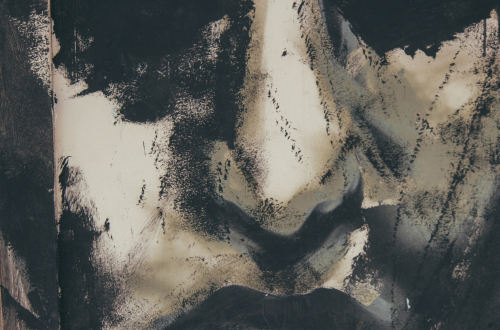
The Art of Capturing Authenticity in Documentary Photography
Documentary photography is a genre of photography that captures the reality of people, places, and events as they are. Capturing authenticity is at the heart of documentary photography, and it can be challenging to achieve without getting close to the subjects. This blog post will discuss tips for capturing authenticity in our documentary photographs. Read on to learn more.
The Importance of Authenticity in Documentary Photography
Authenticity is one of the essential elements in documentary photography. It can be challenging to capture, but if done correctly, it can add a layer of realism and credibility to a photo. There are many ways to achieve authenticity in photos, but the most important thing is to focus on capturing the essence of the person or place we photograph. If we can capture their personality and emotions, the result of the photo will be more authentic.
It’s also important to be aware of our surroundings when shooting documentary photos. If we’re shooting in a historically significant or interesting location, take note of any potential artifacts or features that could give our photo an extra dimension of authenticity. Remember timing and sequencing when it comes to achieving authenticity in photos. Sometimes it’s helpful to include shots that lead up to or follow up on more traditional shots. This will help build cohesion between our photos and create a more cohesive narrative overall.
The Role of the Photographer in Documentary Photography
Documentary photography is all about capturing the authentic moments of people and places. It can be challenging to capture these moments without disrupting their natural environment. One of the most important aspects of documentary photography is capturing the subject’s personality. This can be done by looking for natural expressions on the subject’s face, paying attention to body language, and exploring the scene’s setting. It’s essential to have a good understanding of the subject. This means being able to ask questions and get information about the person or place we’re photographing. Another important aspect of documentary photography is capturing context.
By understanding the history and culture of our subjects, we can create more relevant images that resonate with our audience. Documentary photographers should also pay attention to details like light and weather conditions to capture a true sense of place.
Capturing Emotion and Expression in Documentary Photography
Documentary photography is about capturing emotion and expression in the subjects of our photos. We want to ensure that the people we photograph are letting their true selves shine through, no matter how strong or fragile they might be. If we can get close enough to our subjects, we’ll be able to capture all the feelings and emotions they’re experiencing at that moment.
Some tips for capturing authenticity in documentary photography include getting close to our subjects, focusing on facial expressions, and paying attention to body language. If we can get a sense of what’s going on inside their heads, we’ll be able to capture more genuine and exciting shots. And lastly, remember to have fun with it! Documentary photography is an opportunity to show off our creative side, so go ahead and experiment!
The Ethics of Balancing Art and Responsibility
Documentary photography is inherently a balancing act. There are a few key things to keep in mind when shooting documentary photography:
- Always be respectful of the subject’s privacy. Make sure to get permission before photographing someone without their consent. Always consider whether we need to use specific images that could identify the person in question.
- Remember that documentary photography is about telling a story, not capturing individual moments for their own sake. Shoot for impact over perfection, and let the camera work as a tool to help tell the story we’re trying to capture rather than an end in itself.
- Be aware of the surroundings and note any potential hazards or sensitivities that may exist around the subject we photograph. Try to anticipate possible questions or issues that may arise down the line and be prepared to answer them honestly and openly.
Documentary photography is a powerful tool that can be used to communicate important messages. Always be aware of the ethics involved in its production, and exercise discretion when necessary to protect the subjects’ privacy and avoid potential harm.
Composition Techniques for Capturing a Story
Documentary photography is all about capturing the story of a person, place, or thing. To do this, we must know how to compose our shots to capture the subject’s authentic essence.
One of the best ways to create meaning in our documentary photographs is by using depth by placing elements close to the camera or creating wide-angle shots that allow viewers to see more of the scene. It’s a great way to make people empathize with the subjects and has a deeper understanding of their story. Another way to add structure and order to the documentary photographs is by using perspectives through close-ups, medium shots, and wide shots. We can create various visual effects by varying these photos to help viewers understand the subjects better.
When composing documentary photographs, draw attention to specific elements, using focal points, framing, and composition techniques such as the Rule Of Thirds. This way, we can help viewers understand our subject matter better and connect with it on an emotional level.
Capturing Life’s Reality as It Happens
Documentary photography is an art form that captures reality in a way that can be incredibly powerful. Through stills and video, documentary photographers can tell stories that would otherwise go untold. By capturing moments in time, documentary photographers can create pieces of art that are both timeless and reflective of our current society. If we’re interested in learning more about the art of documentary photography, be sure to check out some of the best resources available online.





